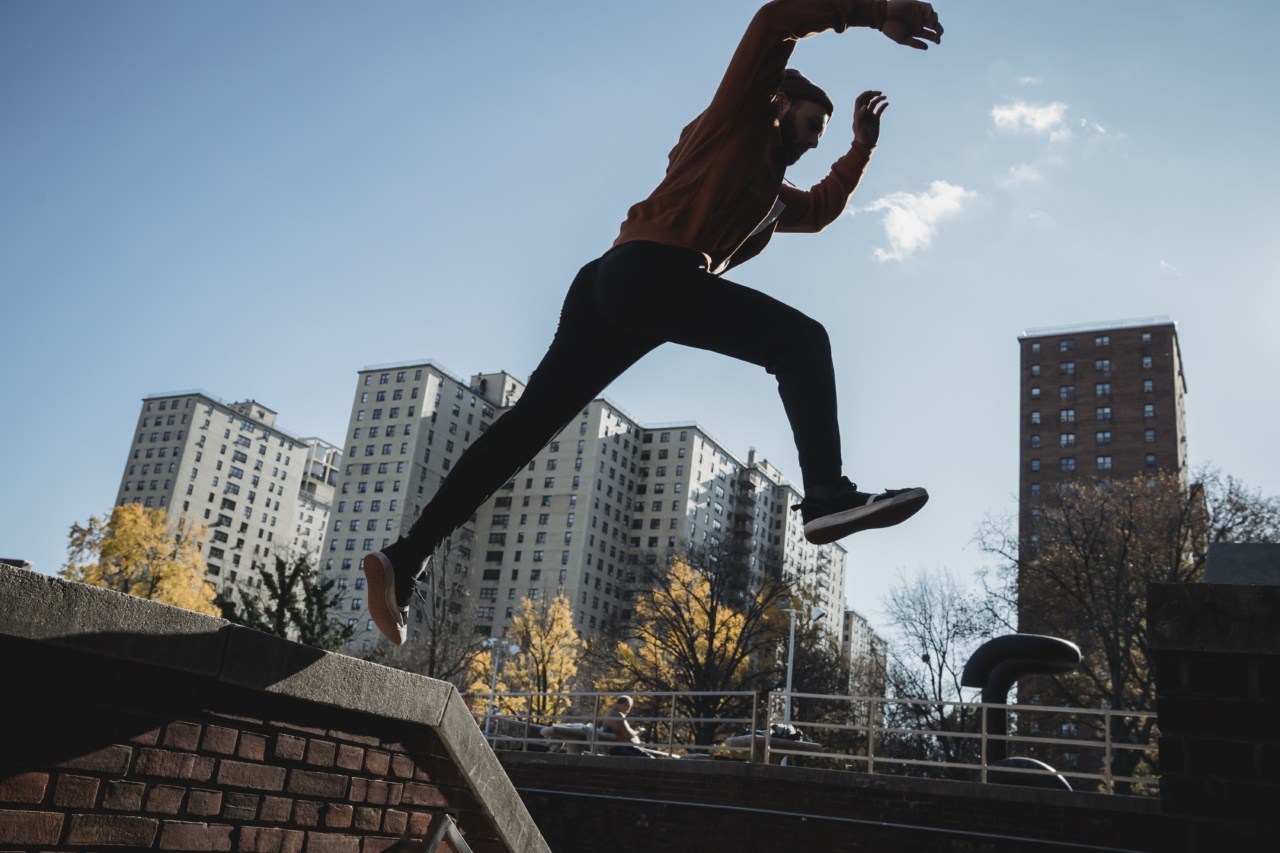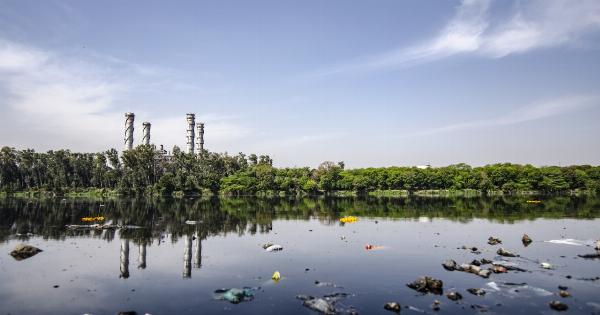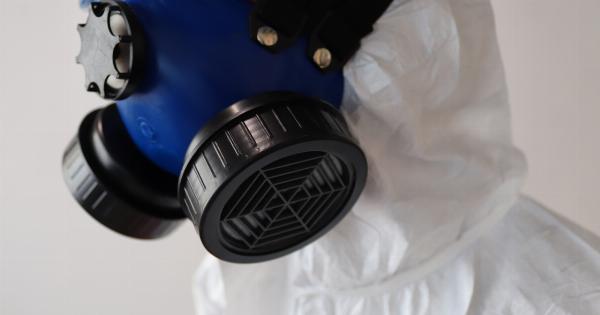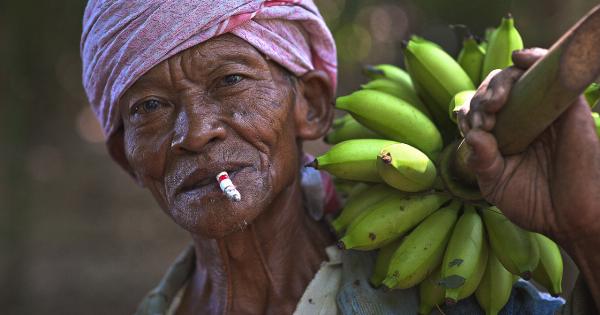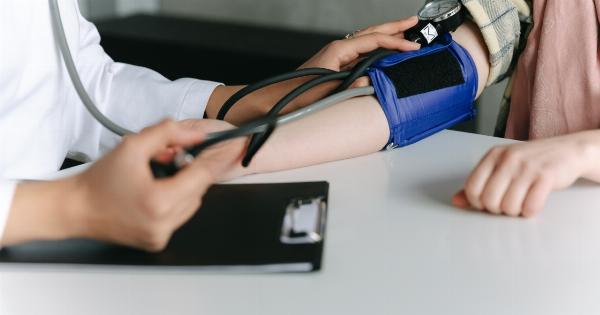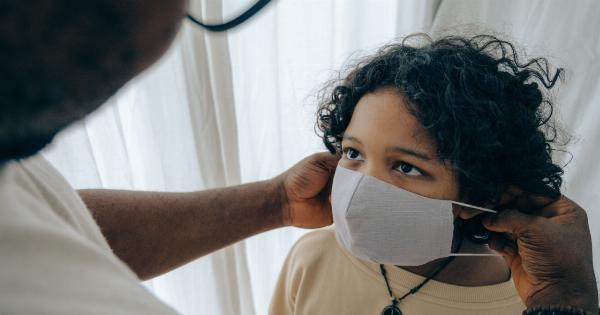In recent years, the issue of air pollution has become a growing concern for many cities around the world.
The rapid urbanization and increased industrial activities have contributed to the deterioration of air quality, creating an unhealthy environment for residents, particularly those with pre-existing health conditions. Among these health conditions, diabetes, a chronic disease affecting millions globally, is particularly vulnerable to the effects of air pollution.
This article explores the potential risks of engaging in sports activities in polluted cities for individuals with diabetes and highlights the importance of addressing this issue.
The link between air pollution and diabetes
Research has shown a clear link between air pollution and the development and progression of diabetes.
Air pollutants, such as fine particulate matter (PM2.5) and nitrogen dioxide (NO2), can enter the bloodstream through inhalation and trigger systemic inflammation, oxidative stress, and insulin resistance – all factors that contribute to the onset and worsening of diabetes.
For individuals with diabetes, who already have impaired insulin function, exposure to air pollution can further disrupt their glucose metabolism and increase the risk of complications.
Studies have demonstrated that even short-term exposure to elevated levels of air pollution can lead to acute changes in blood glucose levels, making it more challenging for individuals with diabetes to manage their condition effectively.
The impact of exercise on individuals with diabetes
Regular physical activity is crucial for managing diabetes and reducing the risk of complications. Exercise improves insulin sensitivity, helps maintain healthy body weight, and contributes to overall cardiovascular health.
However, in polluted cities, the benefits of exercise may be compromised due to the harmful effects of air pollution.
Exercise in polluted environments can exacerbate the negative health outcomes associated with air pollution exposure. Physical exertion increases the inhalation rate, causing individuals to breathe in higher volumes of polluted air.
This can lead to a greater deposition of harmful pollutants in the lungs and bloodstream, further aggravating the systemic inflammation and oxidative stress already present in individuals with diabetes.
Reduced lung function and exercise capacity
Poor air quality affects lung function and can reduce exercise capacity, making physical activity more challenging for individuals with diabetes.
Studies have shown that exposure to air pollution can lead to decreased lung function, increased respiratory symptoms, and an increased risk of developing respiratory conditions, such as asthma and chronic obstructive pulmonary disease (COPD).
Diabetics who already have compromised lung function can be more susceptible to the adverse effects of air pollution.
Reduced lung function impairs the body’s ability to take in oxygen and expel carbon dioxide efficiently during exercise, limiting the exercise intensity and overall tolerance for physical activity.
Increased cardiovascular risk
Diabetes is closely linked to cardiovascular disease, and exposure to air pollution further amplifies this risk.
Air pollutants, such as fine particulate matter and nitrogen oxides, have been associated with the development and progression of cardiovascular conditions, including hypertension, atherosclerosis, and heart attacks.
Engaging in sports activities in polluted cities can exacerbate the cardiovascular burden on individuals with diabetes.
Physical exertion combined with exposure to air pollution puts additional stress on the heart and blood vessels, increasing the risk of adverse cardiovascular events.
Protective measures for diabetic individuals engaging in sports in polluted cities
While the risks of engaging in sports activities in polluted cities are evident for individuals with diabetes, there are measures that can be taken to mitigate the harmful effects:.
1. Time and location
Choose the right time to engage in physical activity. Pollution levels are usually lower during early mornings or late evenings.
Additionally, seek out parks or recreational areas that are farther away from busy roads and industrial areas, as these tend to have lower levels of air pollution.
2. Monitor air quality
Keep track of air pollution levels in your city using online apps or websites that provide real-time data.
It is advisable to avoid outdoor activities on days with high pollution levels or during times of increased air pollution episodes, such as during wildfires or pollution peaks.
3. Protective equipment
Consider wearing protective equipment, such as masks or respirators specifically designed to filter out fine particulate matter and other pollutants.
While these may not provide complete protection, they can help reduce exposure during outdoor activities.
4. Indoor exercise alternatives
When outdoor air pollution levels are high, consider shifting your exercise routine to indoor alternatives. Gyms, fitness centers, or home workouts can provide a safer environment with better air filtration systems to minimize exposure to pollutants.
5. Consultation with healthcare professionals
Individuals with diabetes should consult their healthcare professionals before engaging in sports activities in polluted cities.
Healthcare providers can offer personalized advice based on the individual’s overall health, the severity of their diabetes, and the level of air pollution in their locality.
Conclusion
Engaging in sports activities in polluted cities poses a significant health risk for individuals with diabetes.
The combination of air pollution exposure and physical exertion can lead to adverse effects on glucose metabolism, lung function, and cardiovascular health. It is crucial for policymakers, urban planners, and healthcare providers to work together to tackle the issue of air pollution and create healthier environments for people to exercise safely.
By implementing measures to reduce air pollution and promoting awareness among individuals with diabetes, we can help minimize the health risks associated with sports in polluted cities.
